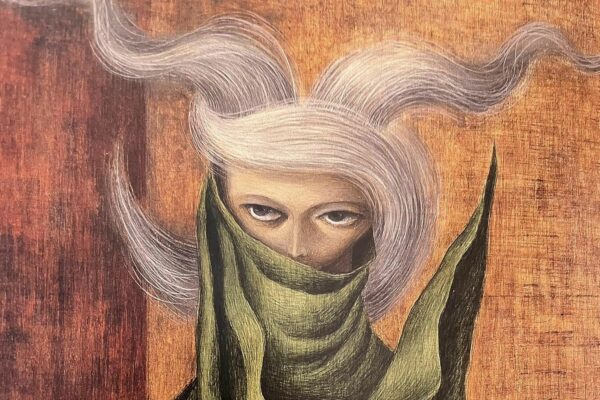Piccasso is probably most famous for his affairs, his extravagant bohemian lifestyle, oh and his art too, but he’s probably less remembered as the guy who was suspected of stealing the Mona Lisa from the Louvre in 1911.
On August 22nd of 1911, Parisian artist Louis Béroud, famous for painting and selling his copies of famous artworks, walked into the Louvre to begin a copy of the Mona Lisa. When he arrived into the Salon Carré where the Da Vinci had been on display for the past five years, he found four iron pegs and no painting.
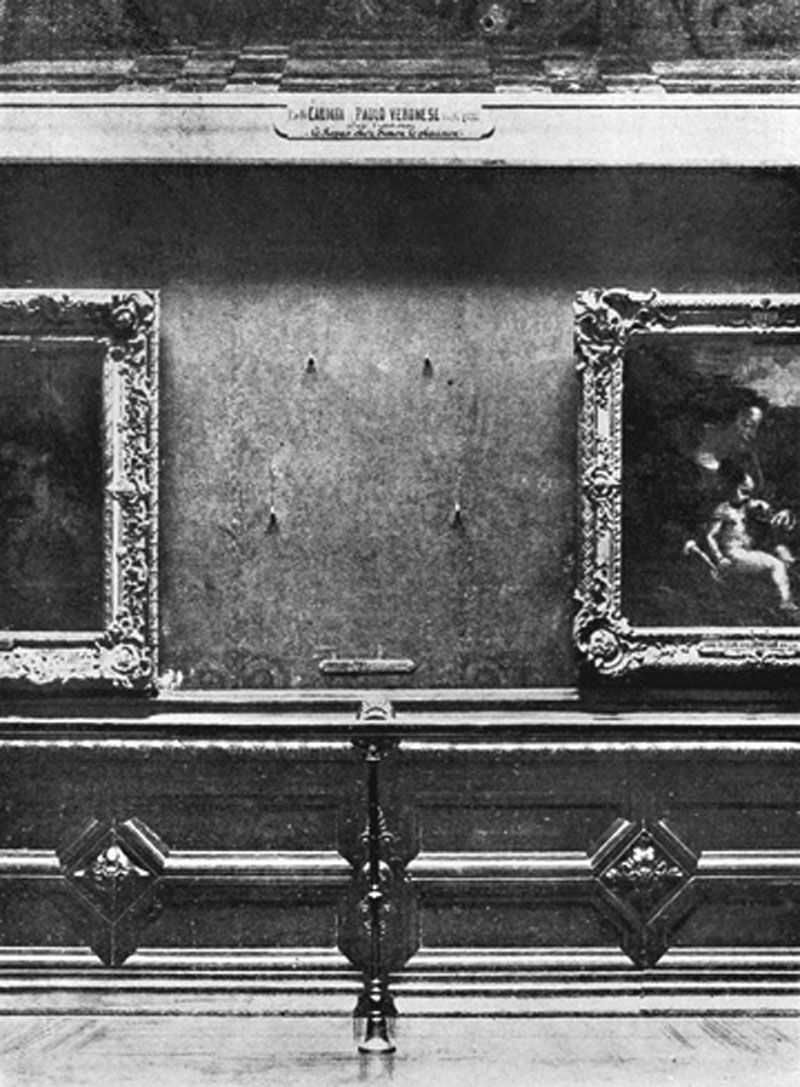
Béroud theatrically alerted the sleepy guards who fumbled around for several hours under the assumption the painting might have been borrowed for cleaning or photographing, until it was finally confirmed the Mona Lisa had been stolen.
The Louvre was closed for an entire week, museum administrators lost their jobs, the French borders were closed as every ship and train was searched and a reward of 25,000 francs was announced for the painting. Paris was devastated as news spread of the loss of the nation’s prized piece. All they could recover was the abandoned frame which once held Mona Lisa.
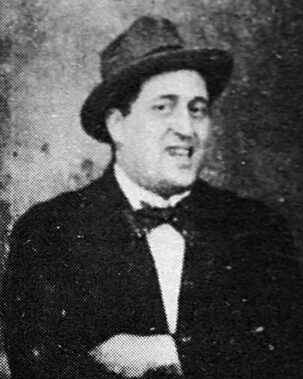 Detectives began questioning suspects, among them was Italian-born Parisian, Guillaume Apollinaire, an avant-garde poet, art critic and co-creator of Cubism, who had once proclaimed the Lourve should be “burned to the ground”. His comments landed him in jail as a suspect for the theft.
Detectives began questioning suspects, among them was Italian-born Parisian, Guillaume Apollinaire, an avant-garde poet, art critic and co-creator of Cubism, who had once proclaimed the Lourve should be “burned to the ground”. His comments landed him in jail as a suspect for the theft.
The unpredictable Apollinaire, who would often walk around the streets of Paris following strangers and loudly describing them and what they were doing before they hurried away, immediately pointed the finger at a great friend of his, Mr. Pablo Picasso.
The young leading light of modern art was hauled into open court for intense interrogation by the judge but Picasso couldn’t be broken and calmly asserted his innocence. Apollinaire and Picasso were later both set free.
The Mona Lisa, presumed lost forever, showed up two years later inside of a trunk in a Parisian apartment a mile away from the Louvre.
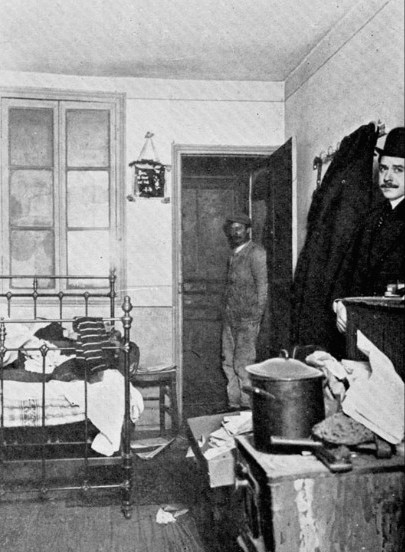
An Italian museum handyman, Vincenzo Peruggia, had stolen the painting after spending the night in a broom closet and leaving the museum with it hidden under his coat. It was that easy.
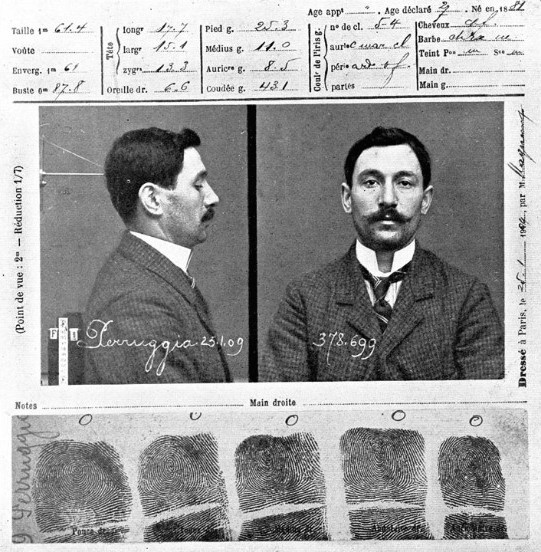
He was finally caught when he tried to organize a sale to the directors of the Uffizi Gallery in Florence. Vincenzo was an Italian patriot and believed the Mona Lisa to be a symbol of Italy that should have been returned to its homeland. Peruggia was hailed for his patriotism in Italy and served seven months in jail for the crime.
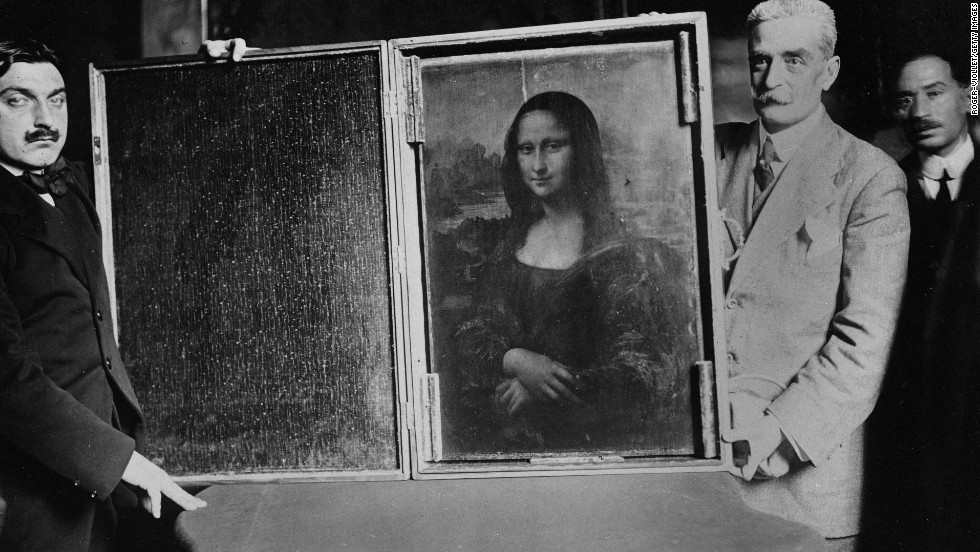
That was his story anyway. But could it have gone a little deeper?
From the moment the theft was discovered, the case had a suspicious slant to the ‘whodunnit’.
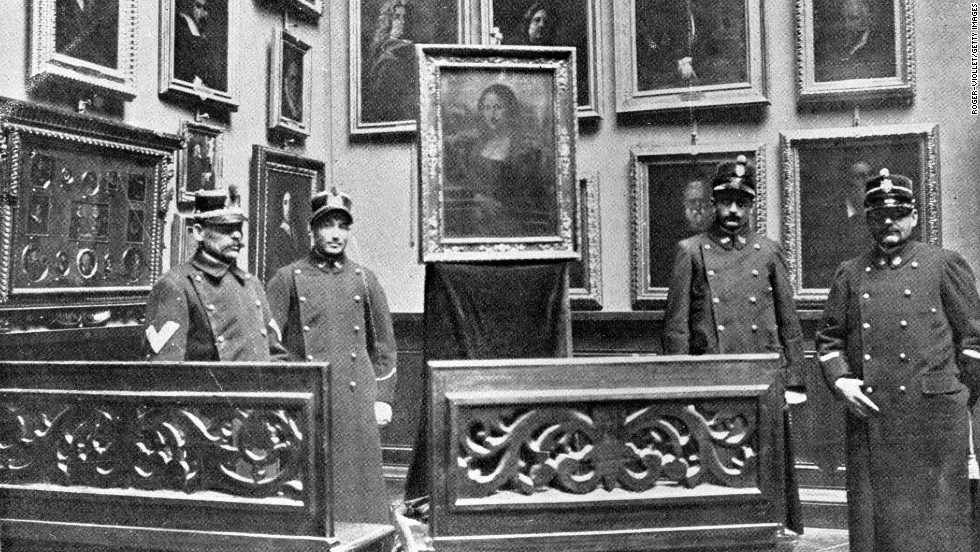
First it was an artist who specialized in making copies of famous works who discovers it missing, and whose copies of the original would have significantly risen in value after the painting’s theft. The two main protagonists of Cubism, emerging intellectual rebels against the artistic expression of previous eras, end up as suspects in the case. One friend implicates the other as if making a mockery of it all. It later emerges that Apollinaire gave shelter to a Russian friend who stole a number of Egyptian statuettes from the Louvre. Apollinaire voluntarily surrendered the statues left behind.
![Pablo Picasso [1881 - 1973], Spanischer Maler, Grafiker und BildhauerAufnahmedatum: um 1904Aufnahmeort: ParisInventar-Nr.: DP7Systematik: Personen / K¸nstler / Picasso / Portr‰ts](https://www.messynessychic.com/wp-content/uploads/2012/12/picasso1.jpeg)
And Picasso’s attitude towards the world of art fraud is certainly worth mentioning here too. It’s said that when an unsigned painting was floating around the art scene, thought to be his work and resembling his style, Pablo was asked to authenticate it with his signature. Quite simply, if he liked the painting, he would sign it.
Could Picasso and his Cubist buddies have also been masters at the art of the prank? Doesn’t the Mona Lisa’s subtle smile just say it all…










